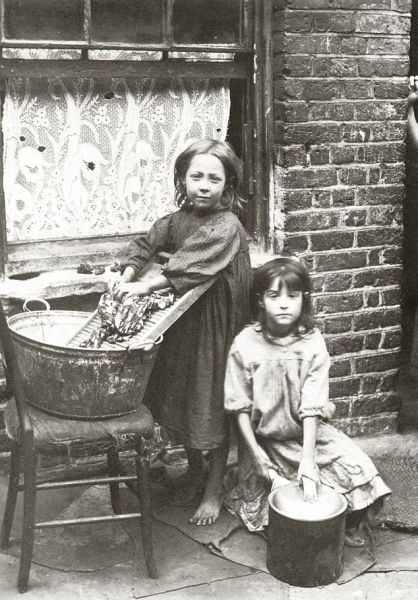1.
GOODSTUFF4U 14 year s ago
"There is work that profits children, and there is work that brings profit only to employers. The object of employing children is not to train them, but to get high profits from their work." - Photographs of Lewis Hine: Documentation of Child Labor
After the Civil War, the availability of natural resources, new inventions, and a receptive market combined to fuel an industrial boom. The demand for labor grew, and in the late 19th and early 20th centuries many children were drawn into the labor force. Factory wages were so low that children often had to work to help support their families.
CHILD LABOR - US HISTORY
http://goodstuff4u.multiply.com/photos/album/52/
After the Civil War, the availability of natural resources, new inventions, and a receptive market combined to fuel an industrial boom. The demand for labor grew, and in the late 19th and early 20th centuries many children were drawn into the labor force. Factory wages were so low that children often had to work to help support their families.
CHILD LABOR - US HISTORY
http://goodstuff4u.multiply.com/photos/album/52/
2.
izzimyfizzi 14 year s ago
They had very little, but they made do.
And I bet they were happier than today's ungrateful kids.
And I bet they were happier than today's ungrateful kids.





After the Civil War, the availability of natural resources, new inventions, and a receptive market combined to fuel an industrial boom. The demand for labor grew, and in the late 19th and early 20th centuries many children were drawn into the labor force. Factory wages were so low that children often had to work to help support their families.
CHILD LABOR - US HISTORY
http://goodstuff4u.multiply.com/photos/album/52/
And I bet they were happier than today's ungrateful kids.